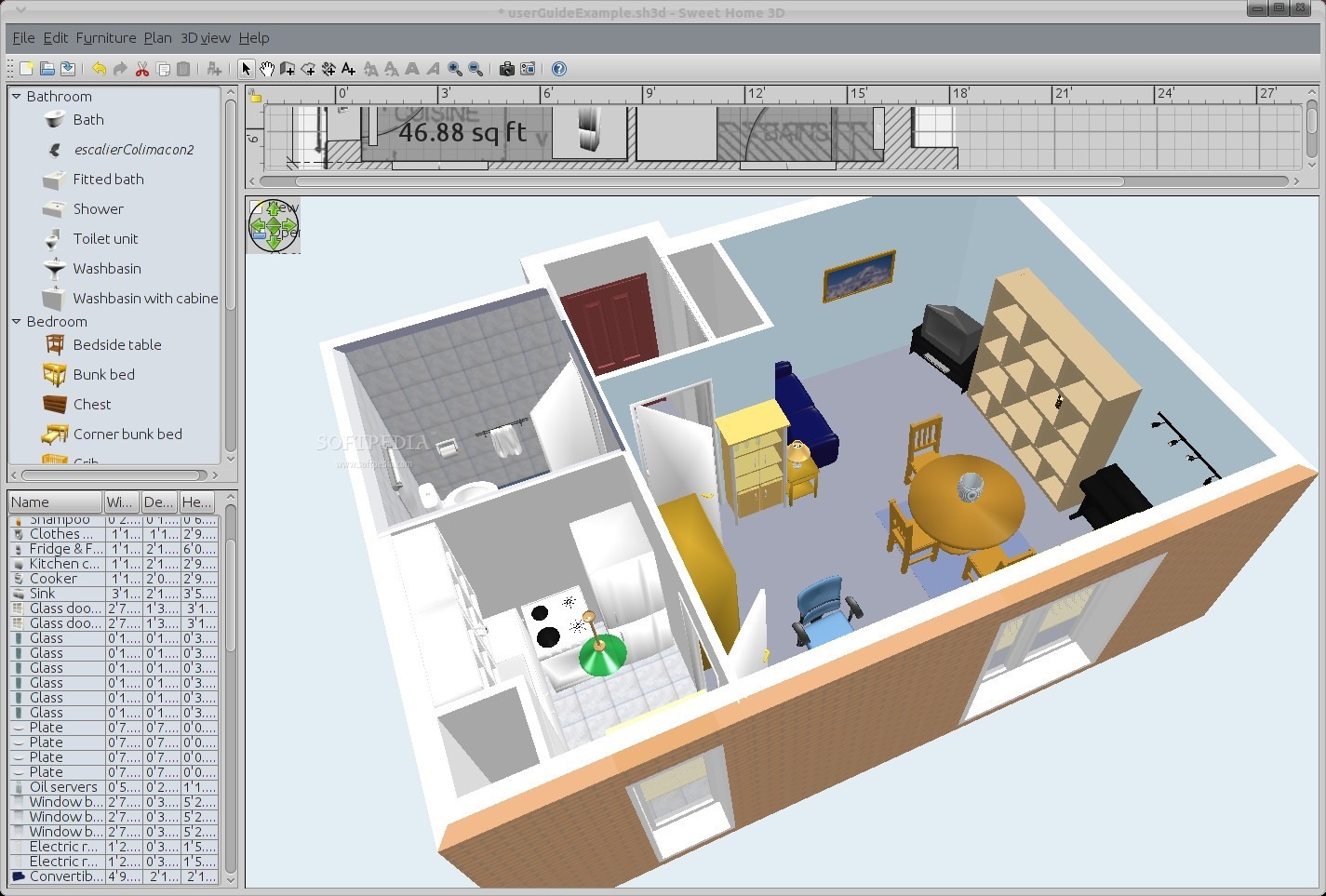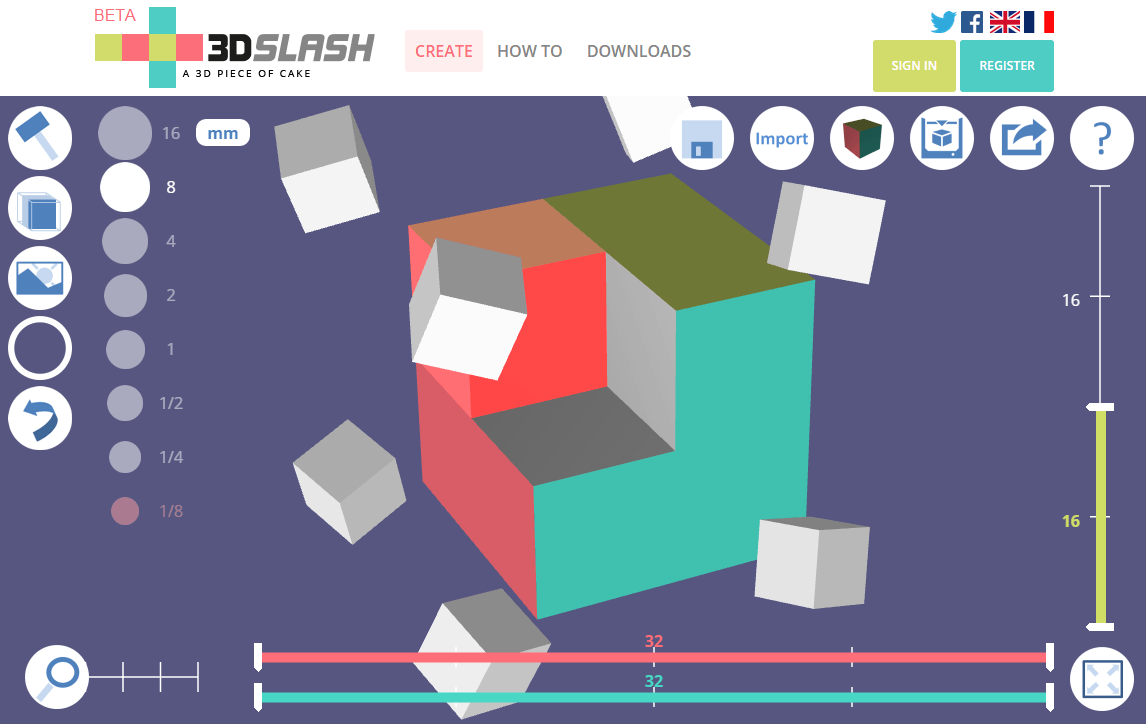

You can make 2D or 3D designs, edit or rotate them from the comfort of your computer screen. CAD allows you to draw to scale with minimal effort. Accuracy of drawings: One of the biggest drawbacks of using paper, ruler, and pencil for your drawings were the numerous errors in the designs.Today, you can convert your 3-D designs into actual houses through 3-D printing. 3-D designs have found extensive usage in the word of motor vehicle manufacturing. It also allows one to add more detail to the designs. This allows the designer to view the designs from multiple dimensions. CAD extends 2-D designs into the realm of 3-D. These are flat 2 dimensional designs that you see architects carrying around. Support for 2-D and 3-D designs: Manual drafting is limited to 2-D designs.You can have the dimensions as templates eliminating the need to start from scratch anytime you are doing a new design. With CAD, you can create standard templates to use in all your drawings that met industry standards. You have to maintain a certain consistency in your drawings. Manual drawings are cumbersome when it comes to maintaining certain dimensions. Establish drafting standards: There various industry standards that architects and engineers have to maintain in their drawings.Coding systems save time, boost productivity by preventing the need to re-create designs again. This means when you want a particular design all you have to do is pull it out from its related classification. Classification and coding systems: Designers have the ability to grope similar items together through a system of coding and classifications.CAD software often has numerous standard templates that save you time of making a design from scratch. They can also make further changes to the design.

CAD drawings can be saved and shared among different designers.

Another designer finds it hard to make changes without starting from scratch.


 0 kommentar(er)
0 kommentar(er)
